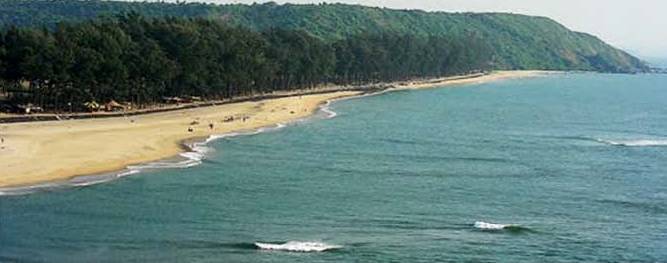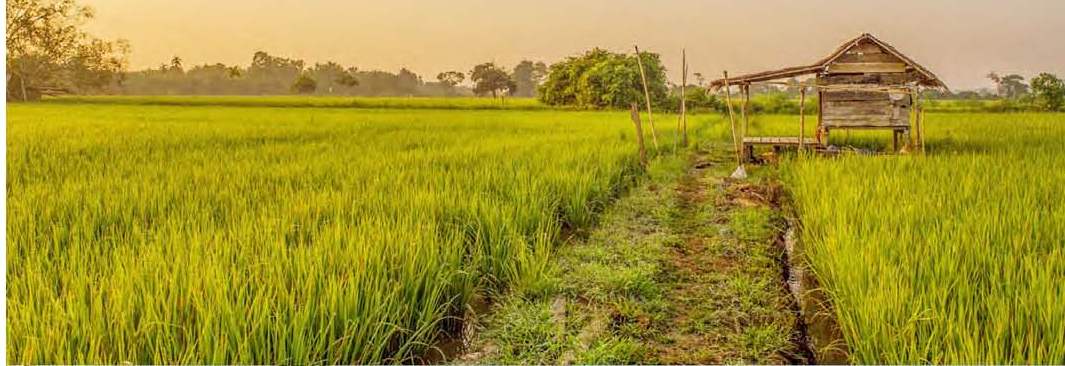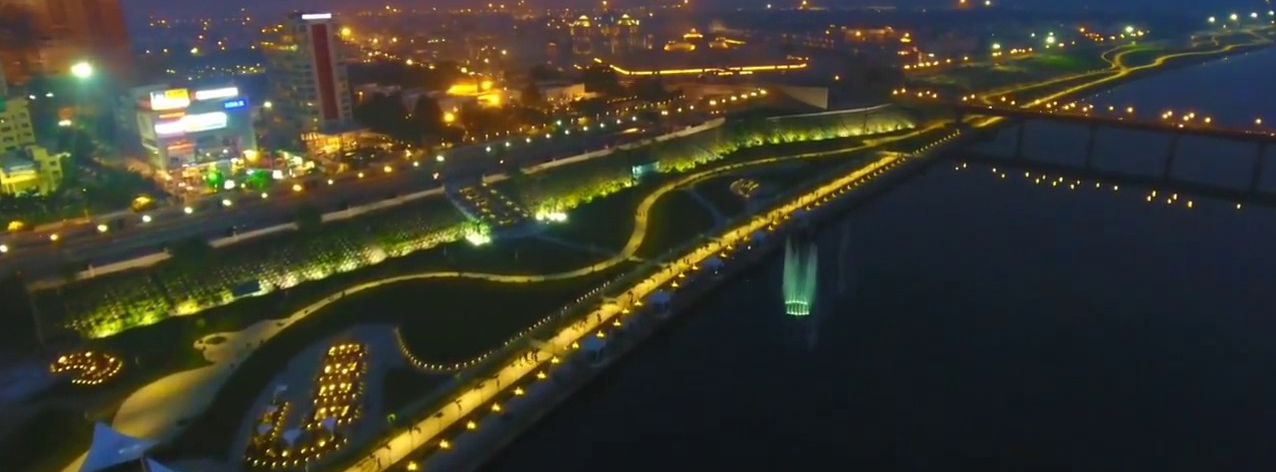Pre and Post Conference Field
Detail Description of Few excursions
Ancient civilisation and The Rann of Kachchh
.png)
Influence of Late Quaternary palaeogeographic effects on cultural evolution. The proposed trip includes visits to various sites in Kachchh that reflect interaction between landscape changes and human occupation patterns, as well as cultural evolution with particular reference to the Harappan civilization. The field trip will cover sites that showcase evidences of sea level changes and tectonic activity and its relation with archaeological settlements including the Dholavira site. Aim of the field trip will be to demonstrate how sea level changes and seismic events played significant role during Harappan as well as other historic times. Owing to the logistic constraints in remote areas of Kachchh, the number of participants will be limited to 15. The tentative programme of the field trip is as follows:
- Traverse from Bhuj to Kaladungar-Visit to sites of active faulting and palaeotectonic significance around Bhuj, Kaladungar, Banni plain and Great Rann of Kachchh
- Traverse from Bhuj to Lakhpat-Visit to sites around Lakhpat and Kori creek showing large scale geomorphological changes in western Kachchh induced by recurrent seismicity in historical times.
- Traverse around Dholavira-Travel from Bhuj to Dholavira, visit to Harappan archaeological site showcasing Harappan civilisation and its relation to palaeogeographic conditions, sea level changes and seismicity.
- Traverse around Little Rann of Kachchh to see Late Harappan archaeological sites and Late Holocene palaeogeographical changes.
Coastline
Geomorphology, sea level changes, neo-tectonics and bio-diversity hotspots

India boasts of its 7500 km long coastline fringing the Indian peninsula. The Indian coastline falls in humid (with two monsoons), semi-arid and arid climate with rocky, muddy and sandy segments. To see the local structural controls manifested by coastal configuration and geomorphology. A vivid fabric of the coastal geomorphology, sea level changes, neotectonic activities, coastal hazards (local as coastal erosion and siltation to regional like Indian Ocean tsunami of 2004); coastal sedimentary archives, beaches (rocky, sandy, shelly) all can be seen.
East coast
Prominent geomorphic segments are Ganga-Brahmaputra estuarine zone of the Sundarbans, sandy beaches of Odisha, rocky coast of Andhra Pradesh and punctuations by the river deltas, backwaters and coastal ridges of Kerala. The Sundarbans is a vast mangrove forest in the coastal region in and around the delta of the Ganges, Brahmaputra and Meghna rivers at the Bay of Bengal. It was recognised in 1997 as a UNESCO World Heritage Site. Quaternary scientists will get the opportunity to experience active delta building processes, its complex network of tidal waterways, mudflats and small islands of salttolerant mangrove forests that presents an excellent example of ongoing ecological processes.
West Coast
Straight long sandy beaches of Karwar (Karnataka-Goa), rocky and sandy coasts of Maharashtra, tidal flats of the Gulf of Khambhat and Gulf of Kachchh in Gujarat along with rocky cliffs and shore platforms of Saurashtra Coast. Coastal landscape is a net result of an equilibrium attained between a large number of interacting variables over very small (daily) to long (millennial) time periods. The present coastal system is an expression of a dynamic equilibrium established after the major sea level rise since the LGM, i.e. ~110 m rise in 10 ka.
Unravelling the mystery of the Gangetic plain

This field aims to show the geomorphic and sedimentological architecture of Ganga foreland basin starting from uplifted thrust sheets with piggy-back basin, mountain front piedmont deposit, and central plain river systems to marginal plain peripheral bulge deposits. Pedogenesis aspects of different areas are emphasized. Some important geo-archaeological sites are also exhibited. It is designed to expose the world community to the contributions made by various study groups on the different aspects of the Himalayan foreland basin.
- Himalayan piggyback Basin, Main Bounadary Thrust (MBT), Himalayan Frontal Thrust (HFT) and topogarphic growth of landscape in Dehradun Area
- Dehradun to Mohand: Middle & Upper Siwalik, Ganga Piedmont and Megafan sequences
- Peripheral bulge sequence, Ravines, archaeological site etc. around Kalpi and Musanagar, Kanpur
- Ganga River cliff sections and archaeological sites around Varanasi
The Cold Desert - Ladakh, Trans Himalaya
.jpg)
Arid Zone Geomorphology, Processes, Sedimentation and Neotectonics along Indus Suture Zone. This excursion is designed to have a glimpse of the landscape of Ladakh Himalaya (lunar topography), showcasing the Arid zone geomorphology, Sedimentary processes, Suture zone tectonics and its influence on landscape, Palaeoclimate in form of (a) slack water deposits, (b) palaeolakes and glacial lakes (c) sand ramps (d) glacial moraines.
Ladakh is a delight for geologists as well as tourists. The entire area is a geoheritage with its lunar/martian topography, barren mountains, highest passes, highest motorable roads, suture zone, batholiths exposures, lakes and palaeolakes and rock art. Several monasteries and gompas are a major attraction and treat to the eyes.
- Thiksey Monastery: A Bird eye view to the geomorphology of the Indus River and Suture Zone and Shey Village sand ramp, Fanglomerate section and fluvio-lacustrine deposit
- Spituk palaeolake section, Shanti Stupa, River terraces on way to Karu, Flood deposits between Stakna and Upshi, Tanglang La, cave deposits, Hemis Monastery: triangular facets and amphitheatre valleys towards the left bank, from the right bank side
- Stok Village: the longest village of India, Indus Gorge and Confluence of Indus and Zanskar, Nimo glacial moraines
- Basgo Village / Nala: fluvial deposits and slope deposits, Saspol Lake section, Lamayuru Palaeolake, Alchi Caves, Zanskar River upstream to Chilling, Phyang Ice Stupa, Ganglass Village, Leh view point
Mid Conference and Local sight-seeing Tours
Local Events

Nawabganj Bird Sanctuary
The Nawabganj Bird Sanctuary (spread over a small area of less than 3sq kms) is one of the major wildlife sanctuaries of Uttar Pradesh. There is a huge lake here that is surrounded by a vast green expanse. It is known to host Siberian cranes among migratory bird species that rest here during the winter months. Here the tweet of hundreds of birds is quite entertaining. The sanctuary also houses a deer park, watchtowers and boats.
Kukrail Reserve Forest
The Kukrail Reserve Forest is located at a distance of around 15 kms from Lucknow. The main attractions of this reserve are a deer farm and crocodile nursery. It has been developed by the Forest Department of Lucknow and is a nice picnic spot. The reserve forest also has a Children's Park, rest house and cafeteria. The animals that are found here in their natural habitat are a variety of deer like Sambhar, Black Bucks and Spotted Deer. The forest reserve also has a good collection of birds.
NaimisharanyaMisrikh
Located at a distance of around 94 kms from Lucknow, is the NaimisharanyaMisrikh temple. It is a major pilgrimage centre and attracts devotees from all over India.
Deva Sharif
Located at a distance of around 25 kms from Lucknow, the Deva Sharif is an important place of worship of not just the Muslims but also the Hindus. It is basically the tomb of the revered Sufi saint, Syed Haji Waris Ali Shah. A major festival called Urs Festival is held over here during this time in the honour of the saint.
Shah Najaf Imambara
The monument of Shah Najaf Imambara is situated on the banks of Gomti in Lucknow. The monument is the tomb of Ghazi-ud-din Haider and his wife who hailed from Europe. The tomb of Ghazi-ud-din Haider is done in silver while the tomb of his wife Mubarak Mahal is a more imposing structure that has works done in gold and silver. The entrance of the tomb is flanked by a beautiful garden that sprawls across the entire area.
Options for Social events & inaugural and valedictory Ceremony
Several social events displaying India’s art and culture and tradition will be organised. Different themes like Indian Rural / Mughal /Goan / Rajasthani / Village etc. may be organised.
North Indian Cuisine |
South Indian Cuisine |
East Indian Cuisine |
West Indian Cuisine |
